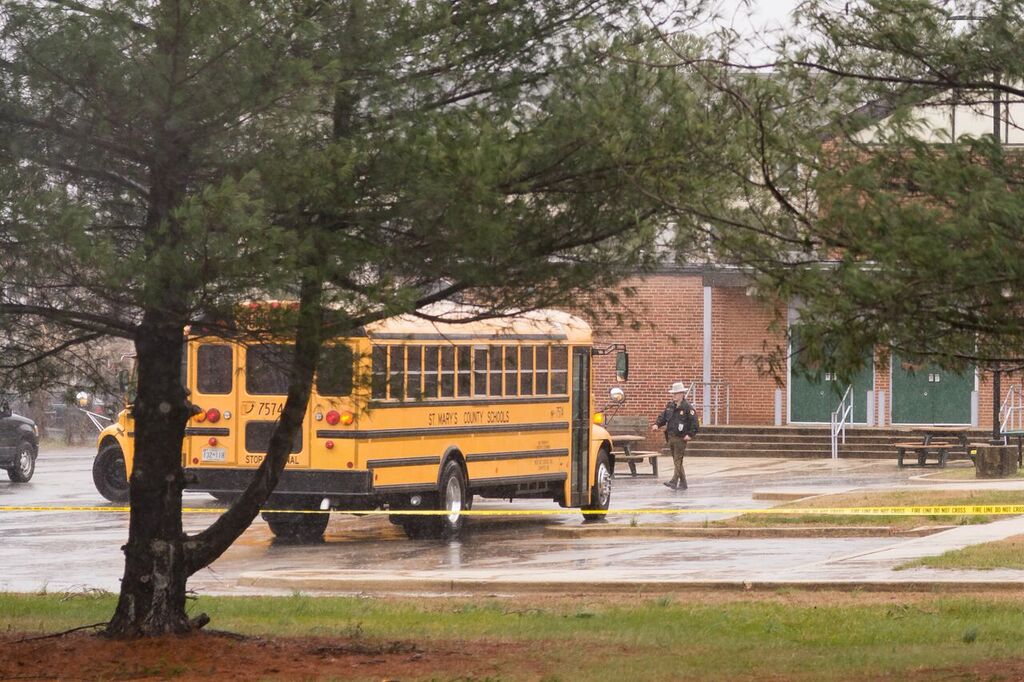How to Maximize Security in Schools
As schools gear up for another semester, it’s essential to use best practices to maximize security. Design, install, and maintain your security infrastructure with smart investments in advanced tech, such as weapon detection, and implement strong security policies, including visitor management. How you create and support security in your school is instrumental to keeping teachers, staff, and students safe at all times.
Here are some guidelines for maximizing security in schools:
Perimeter Fence
Install a perimeter fence around the school. This will keep out unauthorized personnel or slow them down if they try to bypass the fence. A perimeter security fence also establishes a clear property outline.
Door Access System
Door access control systems should be designed to let in authorized individuals and block unauthorized individuals. Modern systems may include remote monitoring and management, universal controllers, ID methods, and customizable controls.
Intrusion Alarms
An intrusion alarm detects an attempted or successful unauthorized entry inside or outside along a school’s perimeter. Especially during off-hours, intrusion alarms are key and can be integrated into an existing emergency notification system.
Video Surveillance
24/7 security cameras are critical to reducing criminal activity on school grounds and providing evidence in the event of an incident. High-resolution surveillance connected to cloud storage creates an ongoing bank of crystal-clear footage you can refer back to. The sight of cameras is also a deterrent.
Facial Recognition Systems
Facial recognition identifies authorized personnel and students. Especially in zones where only teachers should be privileged, facial recognition can monitor and control entrances and specific areas, preventing unauthorized access.
Weapon Detection Technology
Integrate AI and machine learning into your school security system with weapon detection. A weapon detection system can instantly spot the presence of concealed weapons as someone walks by them. It offers real-time flagging. Identify potential threats in the most minimally invasive way.
School Security Officer
A school security officer should always be present on-site during school hours. They can provide guidance and management and offer input into school policy development. More schools are taking this route and putting one or more security staff on the premises at least once weekly.
Mass Notification Systems
Have a mass notification system you can use during an emergency. Instantly send alerts to students, staff, and parents via text, email, or loudspeaker to maximize safety in real time.
AI Behavioural Analysis
AI helps with school security if used correctly. It can instantly comb through video surveillance and identify suspicious behavior or what it interprets as potentially dangerous behavioral patterns. AI can then alert staff to signs of bullying, violence, or perceived security threats.
Manage Visitors
A school will receive visitors. Implement a visitor management system to track and monitor individuals who enter the premises. Use sign-in sheets to document visitors and provide them with an access badge or tag to carry with them.
Physical Risk Assessment
A physical security risk assessment evaluates a school’s safety procedures and strategies. It identifies potential vulnerabilities in your security infrastructure and will advise you on how to resolve them.
Student Headcounts
In any emergency, track student attendance to ensure accuracy and to ensure you know where every student is. If students are unaccounted for in a headcount, prepare a response plan.
Exterior School Design
Design your school’s exterior to make entry more difficult or slower. Include designated parking and student drop-off zones. Consider adding protective barriers and obstacles. Ensure there is lots of visibility surrounding the school.
Standard Operating Procedures
Develop SOPs, or standard operating procedures, for shelter-in-place lockdowns, internal security threats, external security threats, a full lockdown, and responses for fire, flood, and other natural disasters.
Single Entrance
If you’re going to monitor who enters and exits, keep a single entrance open and lock all other doors. This is the best approach to access control. Multiple entryways are overly difficult to manage, and the security risk increases.
Security Staff and Parental Support
Ensure staff are ready to act and secure a school properly. Train them in what their response should be. All staff and teachers should be on the same page and prepared to lead when called upon.
Advise parents on what to expect when there is a security concern or safety incident. Ask parents to communicate any concerns they have. Encourage students to report security threats. Create a safety resource for students and parents that outlines the preferred response to security threats.
Update Safety Policies
Security needs change. They may scale up or down depending on circumstances and technology. Review and update safety policies at least once a year to ensure they are up-to-date.
Counseling
Yes, Counseling is a way to maximize security in schools. For at-risk students, being able to access treatment for trauma, violent tendencies, conflict resolution, and other difficulties can prevent violence from occurring or escalating. Ensure teachers can identify concerning signs in students as well.

